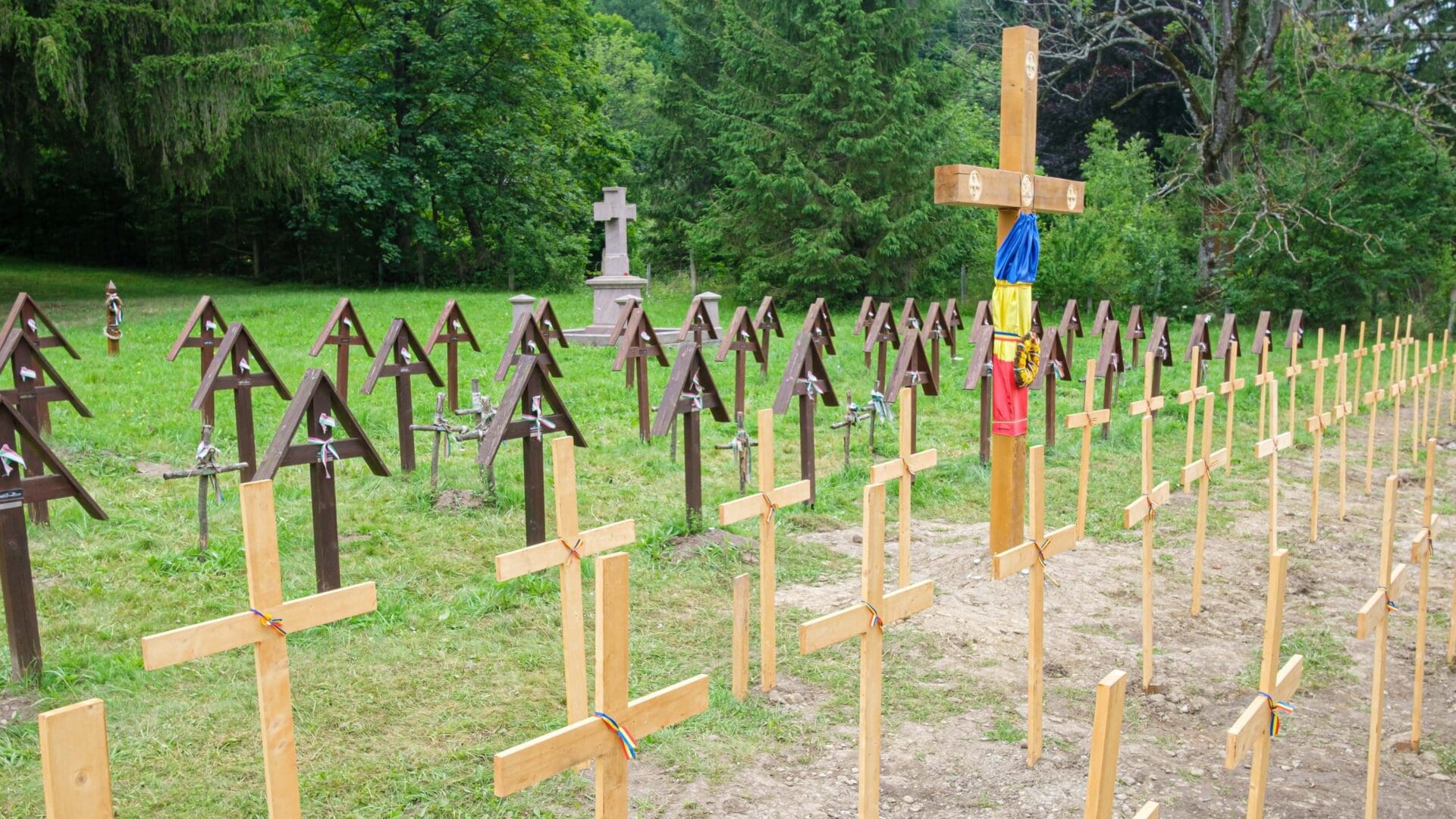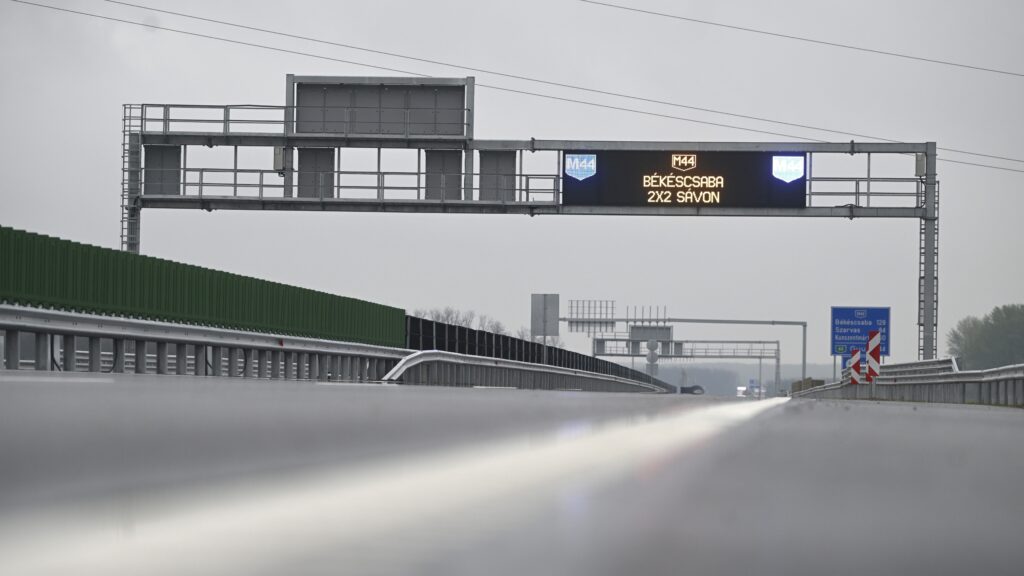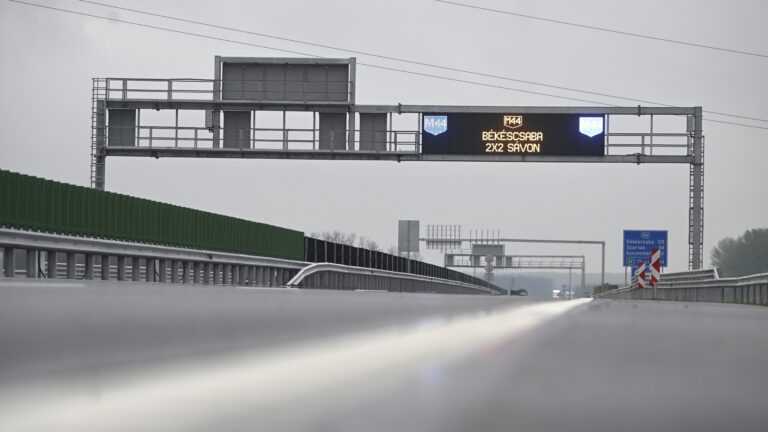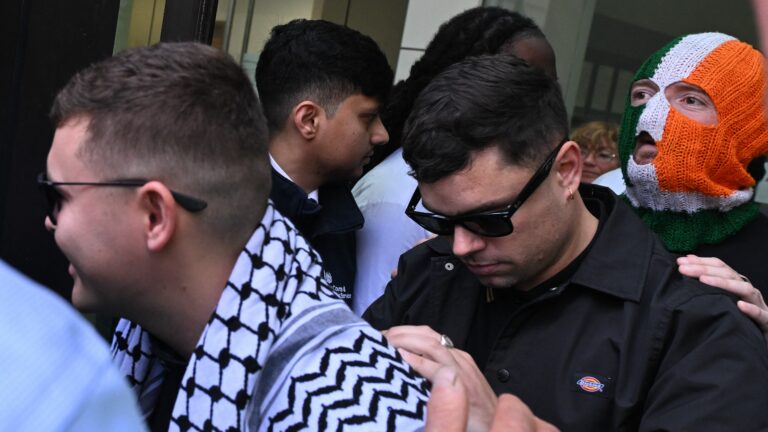The vicissitudes of the Úzvölgy military cemetery in Eastern Transylvanian Harghita County have been reported on extensively in the Hungarian media, with Hungarian Conservative also having covered the story. As our readers may be aware, the cemetery
has been a major source of conflict between Hungary and Romania ever since 2019.
To recapitulate the most important facts of the controversy, it needs to be noted first of all that the graveyard located at Úzvölgy was created in 1916 during World War I. After Romania went to war with the Austro-Hungarian Monarchy on 27 August 1916, there was heavy fighting between the adversaries in the vicinity of the present-day cemetery. The first bodies of fallen Hungarian soldiers were placed in the Úzvölgy cemetery in October 1916.
Today its is predominantly Hungarian soldiers, alongside a few German, Austrian and Italian ones, who are buried in the graveyard. According to historical records, in fact there is only a limited number of non-Hungarians, and perhaps no Romanian soldiers at all in Úzvölgy. The reason is that the fallen Romanian soldiers were buried in another cemetery.
Since Úzvölgy is therefore essentially a Hungarian graveyard, the sign at the gate exalts the bravery of those sacrificing their lives in the defence of the ‘beautiful Székelyland’, stating that they fought courageously for their homeland.
The graveyard was mostly forgotten until the early 1990s when after the fall of the Berlin Wall the Hungarian state funded its renovation. Despite the fact that the cemetery is not the final resting place of any (or hardly any) Romanian soldiers, in 2019 Romanian nationalists (with the participation of some local priests) erected 51 concrete crosses in the cemetery to commemorate Romanian soldiers allegedly buried in the graveyard. The crosses were illegally placed on 6 July 2019, the Day of Romanian Heroes. The local Hungarian population attempted to stop the act by forming a human chain around the cemetery, the radical nationalists broke into it anyway. The Hungarian flags were torn off the graves, and the cemetery’s Székely gate was vandalised.
The act led to a scandal both in Hungary and within the Szekler community, and created tension between Bucharest and Budapest. The perpetrators were soon identified and prosecuted for defiling the site and a court ruling
ordered the removal of the unlawfully erected concrete crosses.
Nevertheless, about a month ago Romanian nationalists defaced the cemetery again by raising 150, this time wooden, crosses in it. As of the time of writing this article, the Romanian police have not yet found the culprits, despite the fact that the stunt was recorded on a video that was shared on social media.
Szent Korona Rádió on Twitter: "Hiába távolíttatták el a betonkereszteket, a románok újra elfoglalták az úzvölgyi temetőt... pic.twitter.com/wYE4knKfSg / Twitter"
Hiába távolíttatták el a betonkereszteket, a románok újra elfoglalták az úzvölgyi temetőt... pic.twitter.com/wYE4knKfSg
The Bálványos Free Summer University and Student Camp is happening this week in Transylvania and, in light of the recent defacement of the Úzvölgy cemetery, organisers of the conference fear provocations by Romanian nationalists. The concerns were underlined by Tusnádfürdő Mayor Zsolt Butyka, too, who announced that
they expect provocateurs to show up at the festival,
asking participants to stay calm and tolerant even if a disturbance occurs.
Worried that hostile actions might take place at Tusványos, ethnic Hungarian Romanian politician Csaba Borboly asked the Romanian police in a letter to ensure the participants’ safety during the conference, especially during Hungarian Prime Minister Viktor Orbán’s speech. The letter was written after the press was tipped off about two Romanian nationalist organisations recruiting people to disturb Orbán’s speech.
It is believed that the provocateurs are planning to wave Romanian flags and sing to drown out Orbán’s voice, with a placard reading ‘Transylvania is Romanian land forever.’ A very similar slogan was used last year as well when provocateurs heckled the prime minister’s speech. While last year on-site security escorted the protestors out after their stunt, this year extra security measures are taken to prevent a scandal. The security measures include requiring participants, unlike last year, to pre-register for Orbán’s speech.
Some believe that the increased chance that a provocation will happen is due to the fact that RMDSZ, that is, the ethnic Hungarians’ largest political party in Romania, was recently pushed out of the governing coalition. Swiftly after the new Romanian government was sworn in, it dismissed ten RMDSZ state secretaries. RMDSZ has been part of the governing coalition since 2020, working together constructively with most Romanian parties, while also giving multiple successful ministers to the country. Although RMDSZ was prepared to negotiate its participation in the new coalition, the Hungarian party’s offer was rejected. When a member of Romanian government, the party has been able to make a positive impact on the treatment of ethnic Hungarians as well as their conferences and events like Tusványos. Now that it is no longer in power, it has obviously lost its balancing influence.
The fact that Romanian nationalist groups have become emboldened and are engaging in provocations like the one at Úzvölgy and the one possibly planned for Tusványos demonstrates
the necessity and the positive effect of securing representation of the Hungarian minority in Bucharest.
The peaceful coexistence of Hungarians and Romanians is in the interest of the entire country, and RMDSZ has a key role in securing that.








